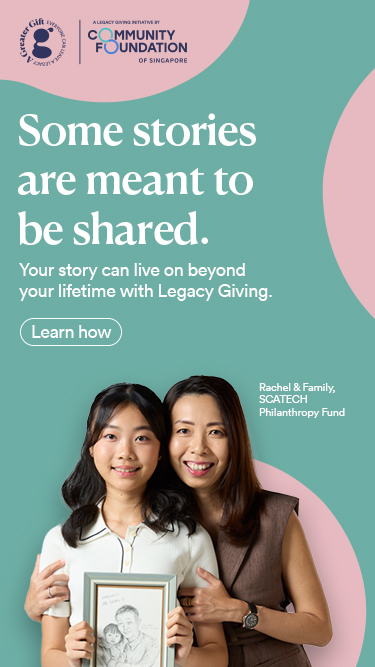The Straits Times: From school to workplace: Help for disadvantaged youth


By Rahimah Rashith
2 new programmes offer vocational training and workshops under 3-year ITE initiative
To help disadvantaged youth transition smoothly from school into the work environment, a three-year initiative was launched at the Institute of Technical Education (ITE) yesterday to offer them workshops and vocational training.
It is made up of two programmes.
The first, Youth Forte, is offered by Shine Children and Youth Services. It targets 17-to 21-year-olds who are not in school or training and have problems finding work.
They will receive evaluation, individual coaching, employability skills training, internships or project-based experience and vocational training leading to a Workforce Skills Qualification (WSQ) certification. The programme aims to help young people learn more about various career fields through exposure to the industry. They will also receive individual life coaching.
The second programme, called A.P.T.I.T.U.D.E, is offered by Touch Community Services in partnership with ITE. It works with industry partners to provide students with structured training and certification for a particular job, such as coffee making or outdoor camp facilitation.
Called the Singapore Youth Impact Collective, these programmes come after the social service sector recognised that, while education can help bridge social gaps, environmental factors – such as negative social influences or the home environment – can hinder youth from reaching their full potential.
Changi Foundation, the Community Foundation of Singapore (CFS), Credit Suisse, Octava Foundation, Shine and Touch are behind the initiatives.
To date, Changi Foundation, Credit Suisse and Octava Foundation have pledged close to $1 million towards the programmes.
CFS deputy chief executive Joyce Teo said the collaboration will help to address the complex social issues facing young people.
Last month, 17-year-old Natasha Chan, a first-year digital animation student from ITE College Central, learnt the art of coffee-making over two days through the Touch programme. She was trained by the Dutch Colony Coffee Co chain and is now thinking of becoming a barista.
“I learnt how to grind coffee beans and brew a cup of coffee,” she said.
“It is a skill I would not be able to pick up in my course. Learning this has widened my skills.”
Read more.
By Rahimah Rashith
2 new programmes offer vocational training and workshops under 3-year ITE initiative
To help disadvantaged youth transition smoothly from school into the work environment, a three-year initiative was launched at the Institute of Technical Education (ITE) yesterday to offer them workshops and vocational training.
It is made up of two programmes.
The first, Youth Forte, is offered by Shine Children and Youth Services. It targets 17-to 21-year-olds who are not in school or training and have problems finding work.
They will receive evaluation, individual coaching, employability skills training, internships or project-based experience and vocational training leading to a Workforce Skills Qualification (WSQ) certification. The programme aims to help young people learn more about various career fields through exposure to the industry. They will also receive individual life coaching.
The second programme, called A.P.T.I.T.U.D.E, is offered by Touch Community Services in partnership with ITE. It works with industry partners to provide students with structured training and certification for a particular job, such as coffee making or outdoor camp facilitation.
Called the Singapore Youth Impact Collective, these programmes come after the social service sector recognised that, while education can help bridge social gaps, environmental factors – such as negative social influences or the home environment – can hinder youth from reaching their full potential.
Changi Foundation, the Community Foundation of Singapore (CFS), Credit Suisse, Octava Foundation, Shine and Touch are behind the initiatives.
To date, Changi Foundation, Credit Suisse and Octava Foundation have pledged close to $1 million towards the programmes.
CFS deputy chief executive Joyce Teo said the collaboration will help to address the complex social issues facing young people.
Last month, 17-year-old Natasha Chan, a first-year digital animation student from ITE College Central, learnt the art of coffee-making over two days through the Touch programme. She was trained by the Dutch Colony Coffee Co chain and is now thinking of becoming a barista.
“I learnt how to grind coffee beans and brew a cup of coffee,” she said.
“It is a skill I would not be able to pick up in my course. Learning this has widened my skills.”
Read more.

.jpg)

